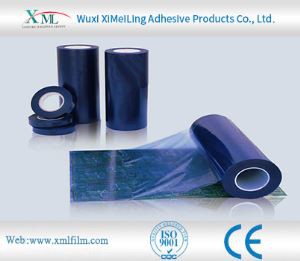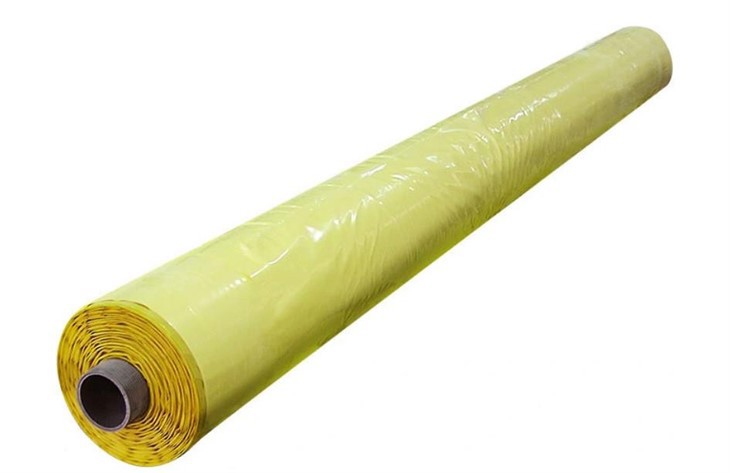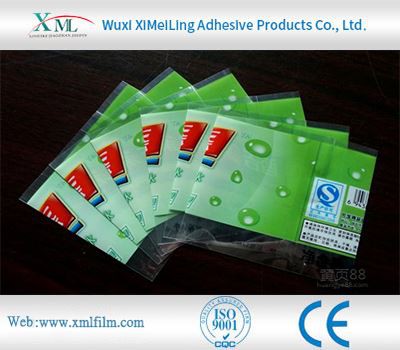How to Detect the Adhesion of PE Plastic Protective Film
2025-06-06
PE Plastic Protective Film Adhesion Testing Methods
Standardized methods for detecting the adhesion of PE plastic protective film to ensure suitability for specific applications:
180° Peel Test (ASTM D3359)
- Most common method for measuring adhesion strength
- Secure film to clean substrate (glass/stainless steel) for 24 hours
- Peel at 180° angle using tensile tester (300 mm/min speed)
- Measure force required in N/25mm width (higher = stronger adhesion)
- Critical to ensure substrate is free of oil, dust, and moisture
[Illustration of 180° peel test setup]
Tape Test (Cross-Cut Method)
- Create 1mm×1mm cross-hatch pattern on film surface
- Apply high-adhesion tape (e.g., 3M Scotch® Tape) firmly
- Quickly peel at 90° angle
- Inspect percentage of film removed: minimal detachment = strong adhesion
[Diagram of cross-hatch pattern]
Rolling Ball Tack Test (ASTM D3121)
- Measures initial adhesion (tack)
- Steel ball rolls down incline onto film surface
- Shorter stopping distance indicates higher tack
- Assesses instant bonding capability
Shear Test
- Attach weighted plate to film-substrate interface
- Measure time until plate slides off under constant force
- Longer retention indicates better cohesive/adhesive strength
Temperature/Humidity Resistance Tests
- Expose film to extreme conditions (70°C, -20°C, or 90% RH)
- Maintain for 24 hours
- Repeat peel test to assess durability under stress
You Might Also Like
-

what are the advantages of cotton packaging film
-

How does pe protective film cope with high temperature environment
-

The Advantages of Cotton Wrap Film
-

Advantages of Cotton Bale Wrap Film
-

How Polyethylene Packaging Material Copes with High Temperature Environment
-

How to Remove Protective Transparent Plastic Film Without Damaging the Surface
